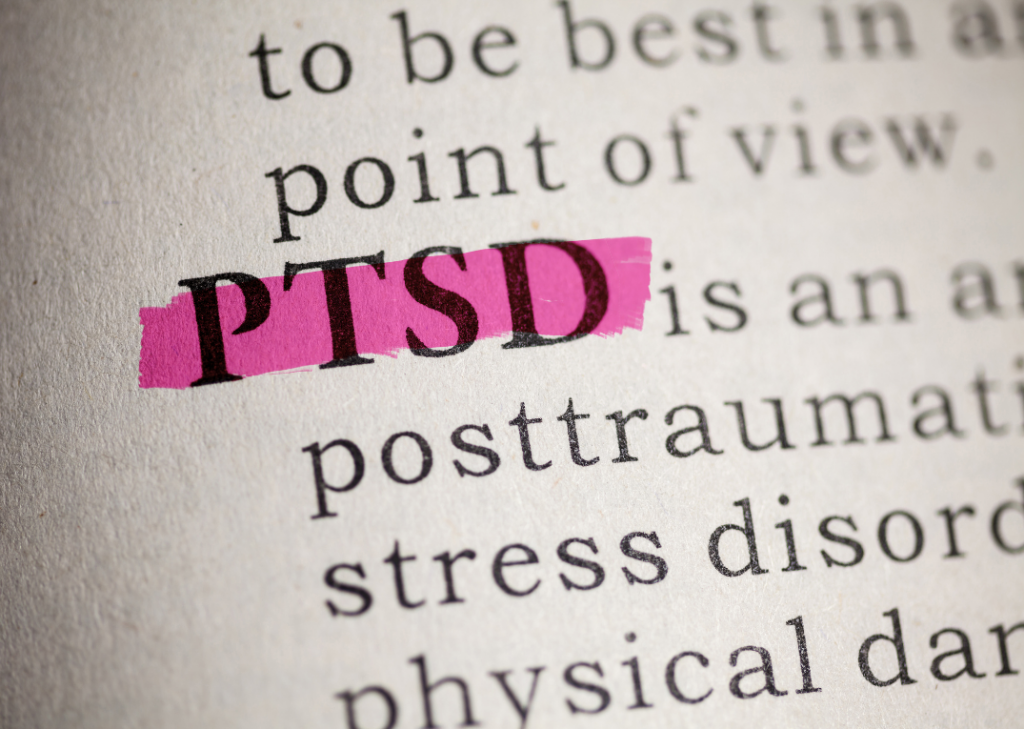What causes one person to respond in one way, and another to respond in another? Why can one person experience something that leaves them scarred, and yet another person can walk away from the same experience with just a story to tell?
What is PTSD?
Post Traumatic Stress Disorder (PTSD) is the name given to the ongoing psychological symptoms that can persist following a traumatic incident. The incident can be one that is personally experienced (such as abuse, a car accident, a terrorist attack or a natural disaster), or something witnessed.
- NB: Those working in the armed forces or in the emergency response sector are particularly at risk of exposure to traumatic incidents. For a full description of PTSD, check out our article: PTSD – What Is It And Why Exercise??
Who is affected by PTSD?
Not everyone will develop PTSD following trauma, and whether or not someone develops PTSD can be due to a combination of factors. Past experiences, personality traits or predispositions , socioeconomic status and external stressors can all play a part.
It’s not a choice to develop PTSD, and it’s not a sign of weakness. PTSD goes deeper than conscious thought – trauma leaves its scars deep within the primal parts of the brain – parts that control the way that the nervous system responds to its environment. It affects the way that the body processes fear.
Regardless of the cause, and regardless of the factors that may influence whether someone develops ongoing symptoms, living with PTSD is a nightmare, literally. As if the original trauma weren’t enough, one of the trademark symptoms of PTSD is reliving the event – in your dreams, and through flashbacks while awake.
What does Exercise Physiology have to do with it?
As you can imagine, living in this state of repeated trauma puts the body on ‘high alert’, constantly on the lookout for clues of danger around. A person can become stuck in ‘fight or flight’ mode; on edge, unable to concentrate, unable to relax. Sleep suffers as a result, bringing with it a whole host of subsequent symptoms. Fatigue – physical, mental and emotional exhaustion, reduced coping capacity, inability to maintain a normal daily routine.
It’s no surprise that one of the coping mechanisms for those with PTSD is avoidance of anything that reminds them of the traumatic incident – people, places, noises or activities – which may trigger a flashback.
The good news is that exercise can play a huge role in the recovery from PTSD From the biochemical and hormonal benefits to the psychological and the social benefits of a well thought-out, individualized exercise routine.
We explain it in more depth in our earlier article PTSD – The role of exercise.
That’s not even to mention the benefits of improved sleep, increased fatigue tolerance, and improved general health…
But the proof is in the pudding! What we’re really here to do, is run you through a PTSD case study. This refers to a client that James, our Melbourne E.P. worked with last year.

Introducing Pauline.
Pauline was struggling immensely after witnessing a self-harm incident in her workplace in 2016. From being a busy mum, successfully working a full-time job, she was thrust into a completely new series of challenges – days filled with flashbacks, nightmares, and anxiety…
Three and a half years had passed and she was still unable to get out of bed or get dressed most days. Sleeping through the night was a rarity due to unrelenting racing thoughts, bringing with it day-time fatigue, low mood and poor motivation for anything. She would nap or watch television as a method of distracting herself, just to make time pass and get through the day!
All daily routines had gone out the window, and her previous life seemed impossible to get back, as much as she wanted to. She felt constantly distracted, to the point that she didn’t even trust herself to safely cook dinner for her family. She had isolated herself from many of her friends and family and as a result had very limited social support.
Pauline knew that she wasn’t where she wanted to be, and she desperately wanted to get better… But she felt stuck.
Previous attempts to return to work had failed, with triggers reminding her of the original incident sending her back to that dark place, time and time again. Combine this with feelings of hopelessness, a loss of confidence and guilt of burdening others…Her diagnosis of PTSD had evolved into a trio of PTSD, anxiety and depression.
“Who am I?”
“Why can’t I move on?”
“How do I get back to the person I was?”
Pauline had been working with a psychologist to process the trauma and manage this psychological trio of symptoms. They identified her poor mood and lack of motivation as a major barrier, so she needed someone to help her get her life back on track.
That’s where James comes in (and, yes, the healing properties of exercise!)
The program began via telehealth, which suited Pauline just fine, given her social anxieties and lack of confidence when leaving the home.
James got her started with an aerobic and strengthening exercise program, with the plan to incrementally increase the intensity to build her fatigue tolerance. Sleep hygiene education was provided to help improve her daily routine and get her sleeping more regularly.
Over time, Pauline’s confidence in exercise grew, and she became more independent with her exercise routine. The program provided the element of structure and routine to her day, and the accountability of someone checking in with her every week. It helped her to develop the internal resources that she needed to manage her mental health symptoms, process her trauma, and move on with her life. James continued to communicate with the Psychologist on board throughout the process.
When the program began, it was initially intended purely as a ‘Wellness’ program, to help her get her life together again. By the end of the 12 weeks, she was engaged in an online course, completing up to 3.5 hours of study every day to prepare for a return to work!
Pauline commented that she would never have been able to get to where she was without the guidance from James.
Pauline is a prime example of the profound impact that exercise, and a good daily routine, can have on someone’s psychological well-being. Well done James for helping Pauline to make the transition from living in her traumatic past, to striving for a positive future.
* Name changed for privacy reasons
Author: Yolanda van Vugt Co-Author: Tessa Neilsen
Let’s connect, find us:
Have you got a Mental Health claimant in mind that would benefit from E.P. support?
Refer to the team!
